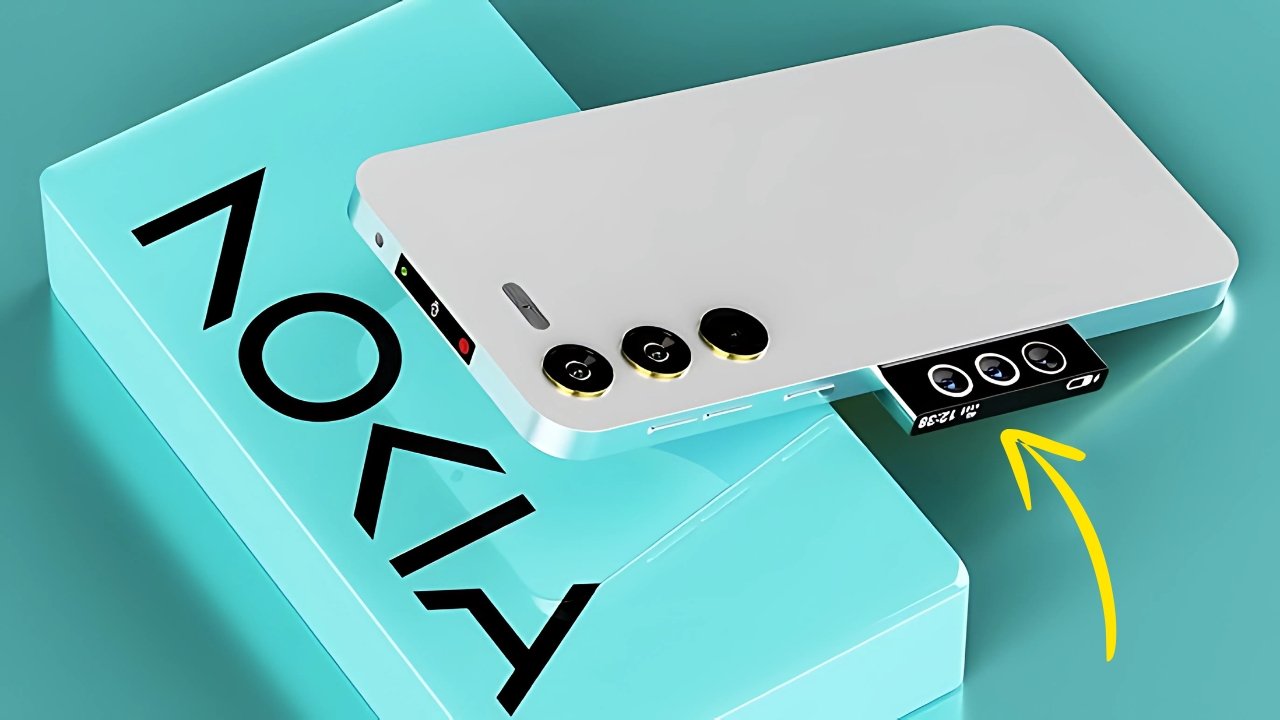Nokia N73 5G : Walking through Helsinki’s Nokia headquarters last month, executives revealed something that made veteran tech journalists do double-takes. The Nokia N73 5G isn’t just trading on nostalgia – it’s a serious attempt to merge professional photography with smartphone convenience. The original N73 defined mobile photography in 2006, and now its spiritual successor arrives with specifications that sound impossible. Early hands-on sessions in Barcelona left photographers questioning whether they need dedicated cameras anymore, while the design had fashion bloggers reaching for their credit cards.
Design Heritage Meets Modern Luxury
The moment you see the N73 5G, memories flood back, but this isn’t mere retro styling. The classic candy bar form factor returns with premium materials that justify the luxury positioning. The body uses aerospace-grade titanium with ceramic back panels that feel like polished stone. At 8.2mm thickness, it’s remarkably slim considering the camera technology packed inside. The two-tone finish, reminiscent of the original’s silver-plum combination, now comes in midnight blue with copper accents that catch light beautifully.
The camera module dominates the rear, but instead of an ugly bump, Nokia created a design statement. The circular housing with radial brushing looks like a luxury watch dial, with the Zeiss logo prominently displayed. The sliding camera cover returns – a mechanical element that provides both protection and privacy in our surveillance-conscious world. Even the power button has been reimagined as a rotating crown, similar to high-end watches, providing tactile feedback for camera controls.
The 300MP Camera System That Defies Logic
The headline 300-megapixel sensor sounds like marketing nonsense until you see the results. Nokia partnered with Sony to develop a 1.5-inch sensor – larger than most point-and-shoot cameras. But resolution is just the beginning. The variable aperture ranges from f/1.4 to f/16, controlled by actual mechanical blades visible through the transparent camera cover. This isn’t software simulation – it’s genuine depth-of-field control previously impossible on phones.

The Zeiss optics include five separate lens elements that shift positions for different focal lengths, achieving 3x optical zoom without digital cropping. The dedicated image signal processor handles 300MP files without the phone breaking a sweat, processing RAW files internally that photographers can edit directly on-device. Low-light performance embarrasses current flagships – the sensor captures usable images in near darkness without artificial brightening. The xenon flash, extinct since 2010, returns with modern LED assistance, providing studio-quality lighting for portraits.
Display and Performance Excellence
The 6.4-inch OLED panel runs at 2K resolution with 144Hz refresh rate, but Nokia added something unique – a secondary e-ink display on the back for notifications and camera settings, visible in bright sunlight while consuming minimal battery. The main display reaches 2000 nits brightness with color accuracy that satisfies professional photographers editing on-the-go.
Inside, the Snapdragon 8 Gen 3 processor pairs with 16GB RAM standard, acknowledging that 300MP photos need serious processing power. The 512GB base storage uses the latest UFS 4.0 standard, with read speeds that make browsing massive photo libraries instantaneous. Nokia includes a microSD slot supporting 2TB cards – a feature photographers have been begging other manufacturers to bring back.
Software That Respects Photography
The camera app feels like professional software simplified for touchscreens. Manual controls are always accessible but never overwhelming. The Pro mode displays histogram, zebra patterns for exposure, and focus peaking – tools usually found in mirrorless cameras. Adobe Lightroom comes pre-installed and optimized, handling 300MP RAW files smoothly.
Tata Harrier EV – Full high range SUV comes with dhakad off-roading features
Nokia N73 5G Battery Life and Practical Features
The 5500mAh battery seems insufficient for such powerful hardware, but Nokia’s optimization surprises everyone. The secondary e-ink display handles always-on information without draining power. When not shooting, the camera system completely powers down, extending standby time dramatically.
